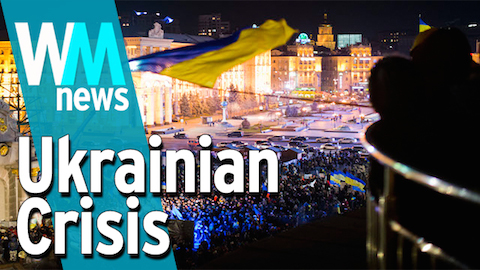10 Ukrainian Crisis Facts - WMNews Ep. 6

As tensions rise between Russia and the West in what is perhaps their worst confrontation since the Cold War, Ukraine remains the epicenter for the potential breakout of real war between Europe and Russia. Welcome to WatchMojo News, the weekly series from http://www.WatchMojo.com that breaks down news stories that might be on your radar. In this instalment, we're counting down 10 crucial facts you should know about the Ukrainian Crisis.
- Top 10 Ukrainian Crisis Facts
- When Did This Crisis Begin?
- What Happened to the Leaders?
- How Are the Russians Involved?
- Who Are the Key Players?
- What Are the Legal Ramifications?
- How Has the Rest of the World Reacted?
- How Has Russia Responded?
- How Has the Crisis Affected the Economy?
- Has the Conflict Ended?
- What Is the Outlook for the Future?
Sign in to access this feature
Sign in
to access this feature